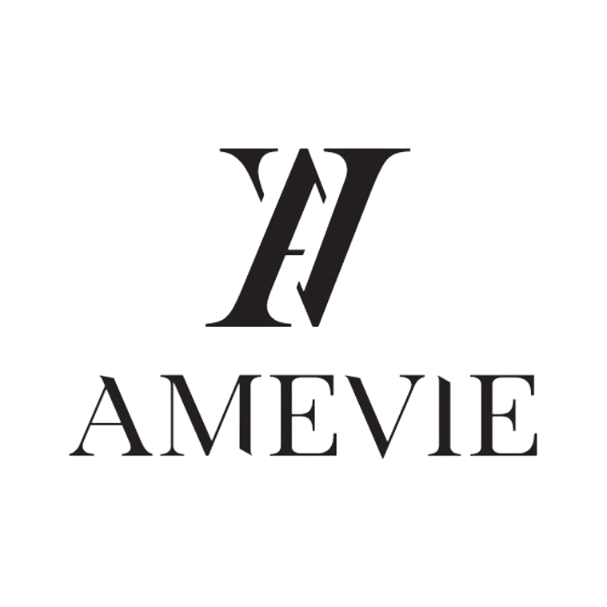SUNGLASSES
The sunglasses industry: luxottica
For a company with such a widespread monopoly on the sunglasses market, you don’t hear the name Luxottica thrown around nearly as much as you hear Rayban, Oakley, or Chanel. Italy-based sunglass giant Luxottica has taken on the design and manufacture for the most ubiquitous names in eyewear, as well as the shades of most luxury brands. In doing so they have been able to comfortably charge up to $400 for sunglasses that (like almost all shades) cost an average of thirty dollars to make. Most of these are manufactured in the same cluster of factories in Italy and China. In seizing a monopoly position on the market for eyewear, Luxottica has almost complete control of the price point on these products, as described by business insiders such as Forbes and the Daily Mail. For companies like Chanel or Prada, this is an easy decision to make; it doesn’t cost much to get one of Luxottica’s designers to prep a blueprint for a pair of shades and get it on the assembly line with relative speed. However, it is this massive company’s vice-like control of pricing standards that calls into question how we, the consumer, should go about buying shades and how we should feel about being used for a maximum profit margin.
With Luxottica’s control of vendors, they create the illusion of variety; a Sunglasses Hut in any shopping mall may stock Oakleys, Ray Bans, and Prada frames, but with one company creating all the products on these shelves, it leaves little room for customer friendly pricing, as well as local design talent to enter the market for eyewear. When we buy from business entities like this, we send a message that monopolies making $200 shades seem normal, are an acceptable form of buying and selling. Monopolies makes sense for things like electricity or fuel, but for low-technology, high variety consumer goods, they suggest a giant corporation trying to gauge the biggest amount of cash they can charge for a pair of sunglasses. It also sends a message to designer labels that we’ll buy anything with their name on it, even if most of the design work is sourced to another company (such is the case with many of the designer shades at Luxottica controlled vendors).
So, while this all might sound a bit bleak and discouraging, there are a lot of ways to easily do our part in keeping the market for shades a bit more accessible and open to new creatives. Supporting local vendors and boutiques who stock more than one maker of sunglasses is a good start. Keep an eye out for up and coming companies who take on design and manufacture under their own label. While most sunglasses are not manufactured on local soil, at the very least you can support domestic designers and companies visibly making a difference in how customers and companies conduct business in the future. And when you decided on a company you want to support, do you know what kind of sunglasses to buy? Here are some tips to help you decipher the sunglasses lingo.

